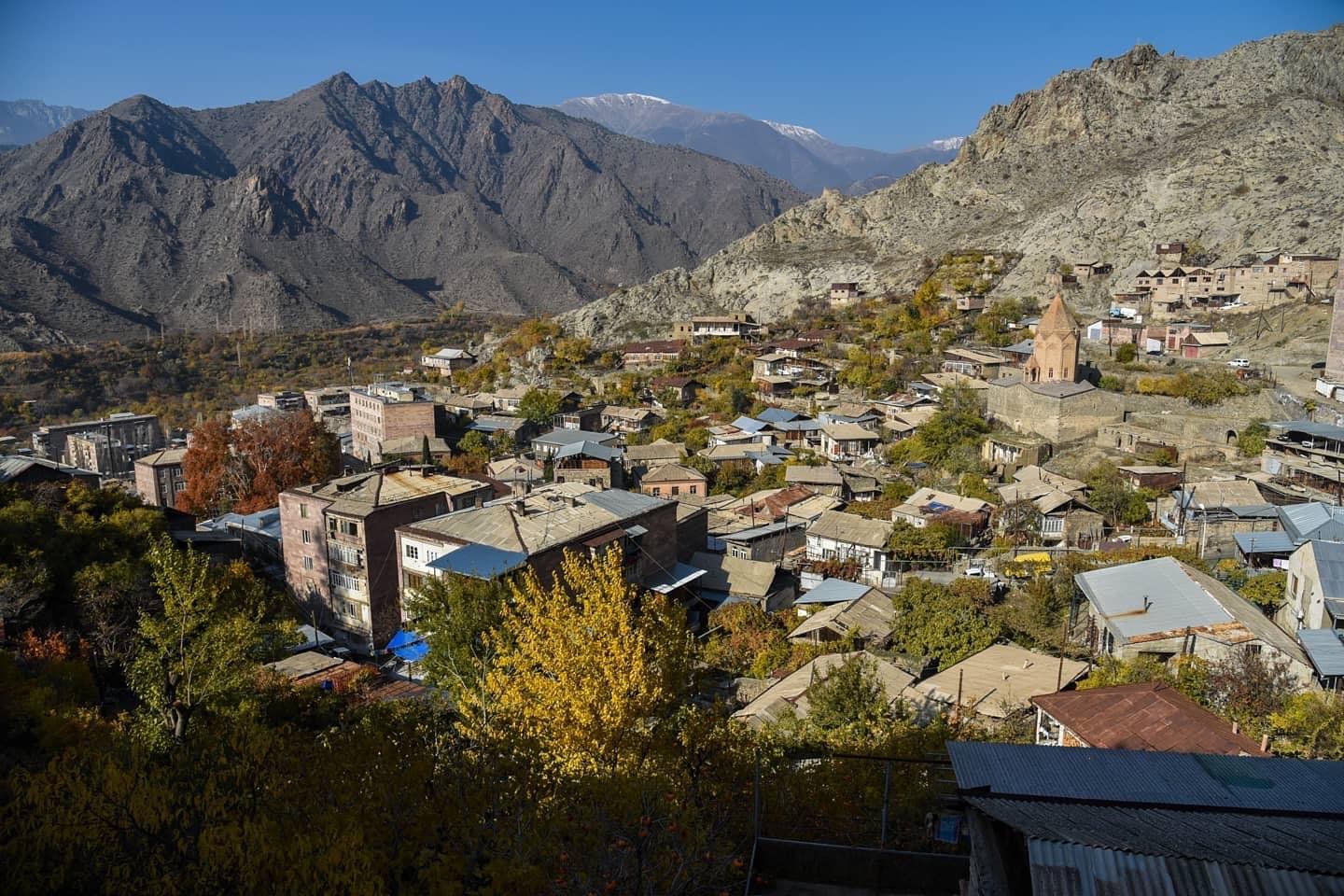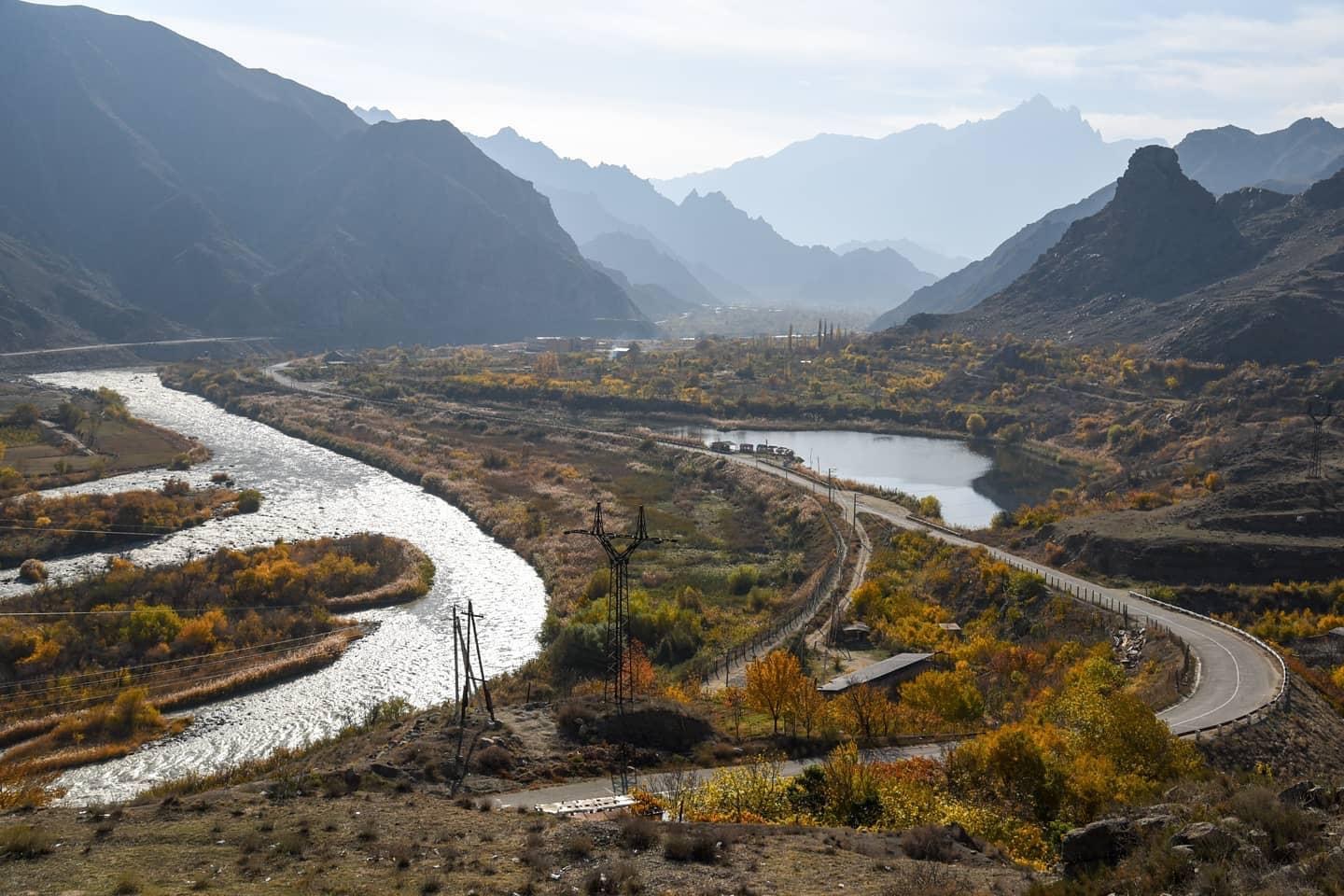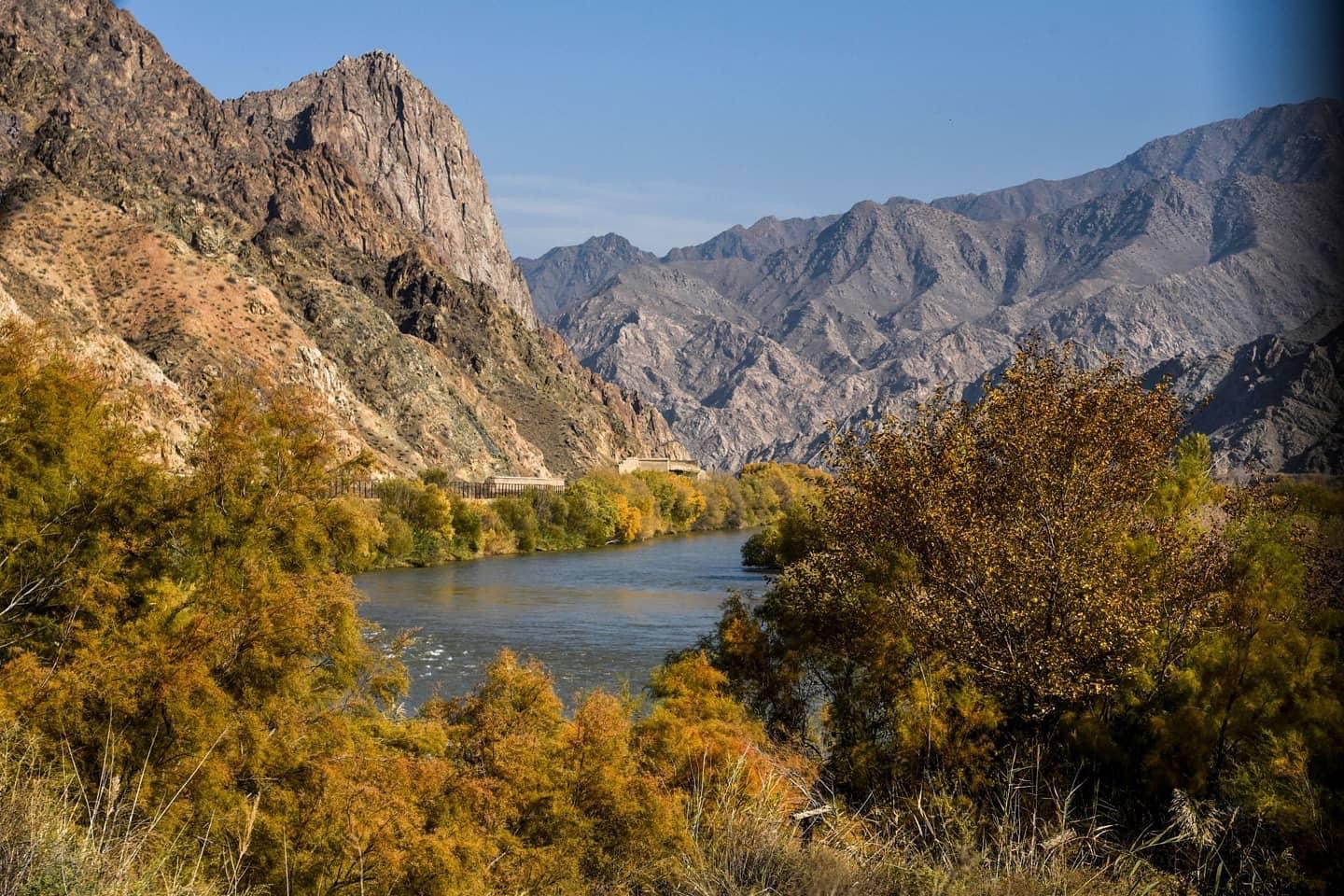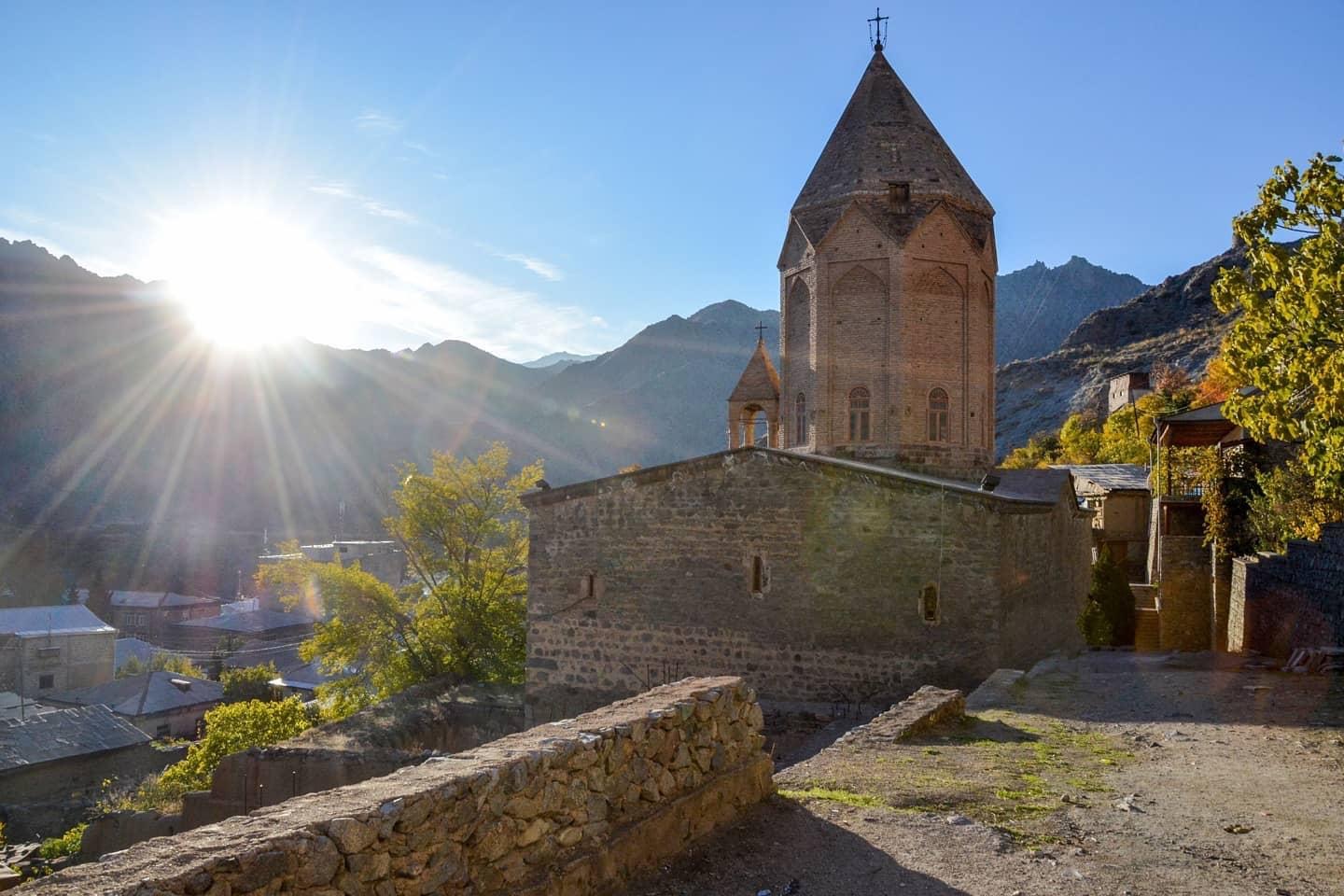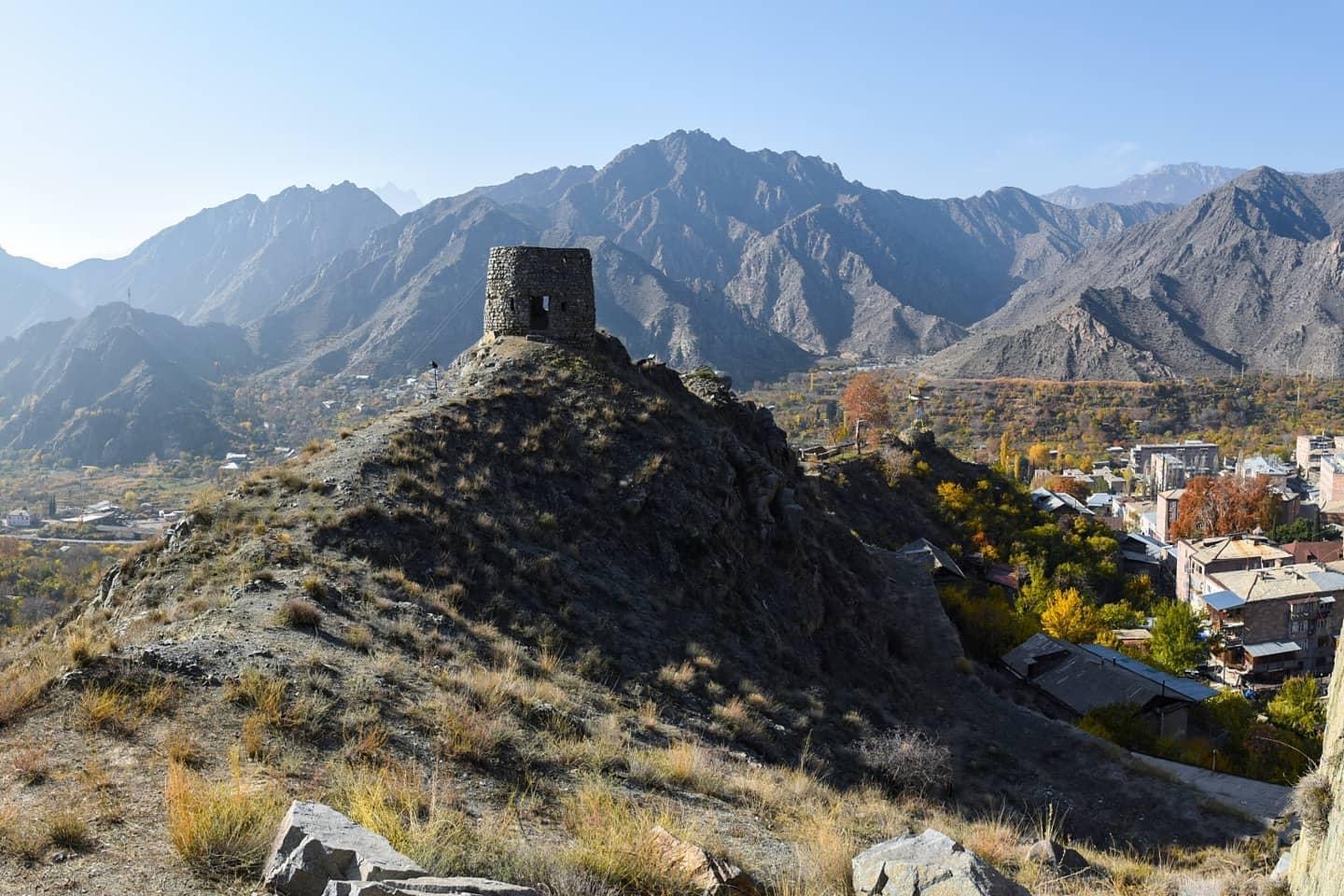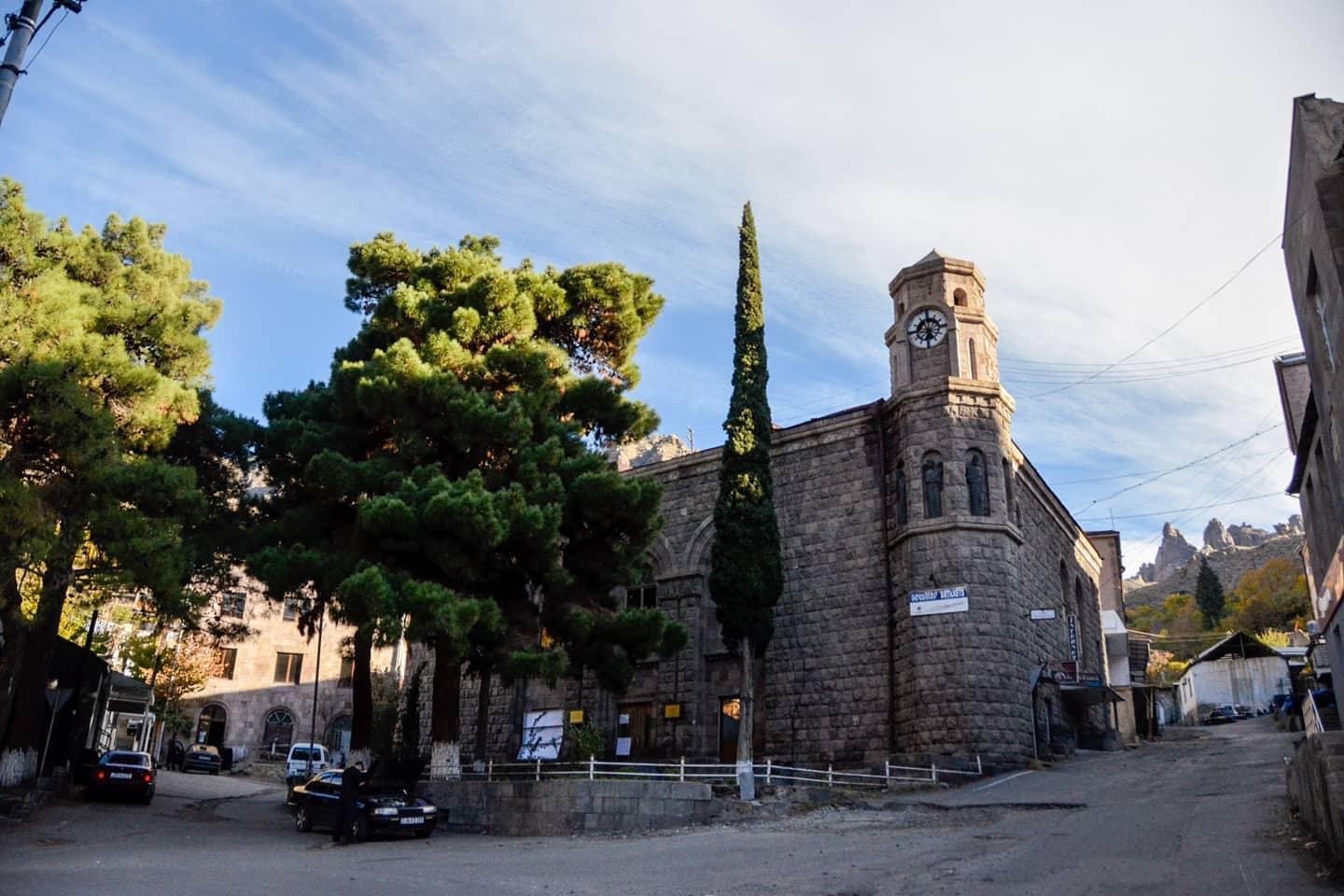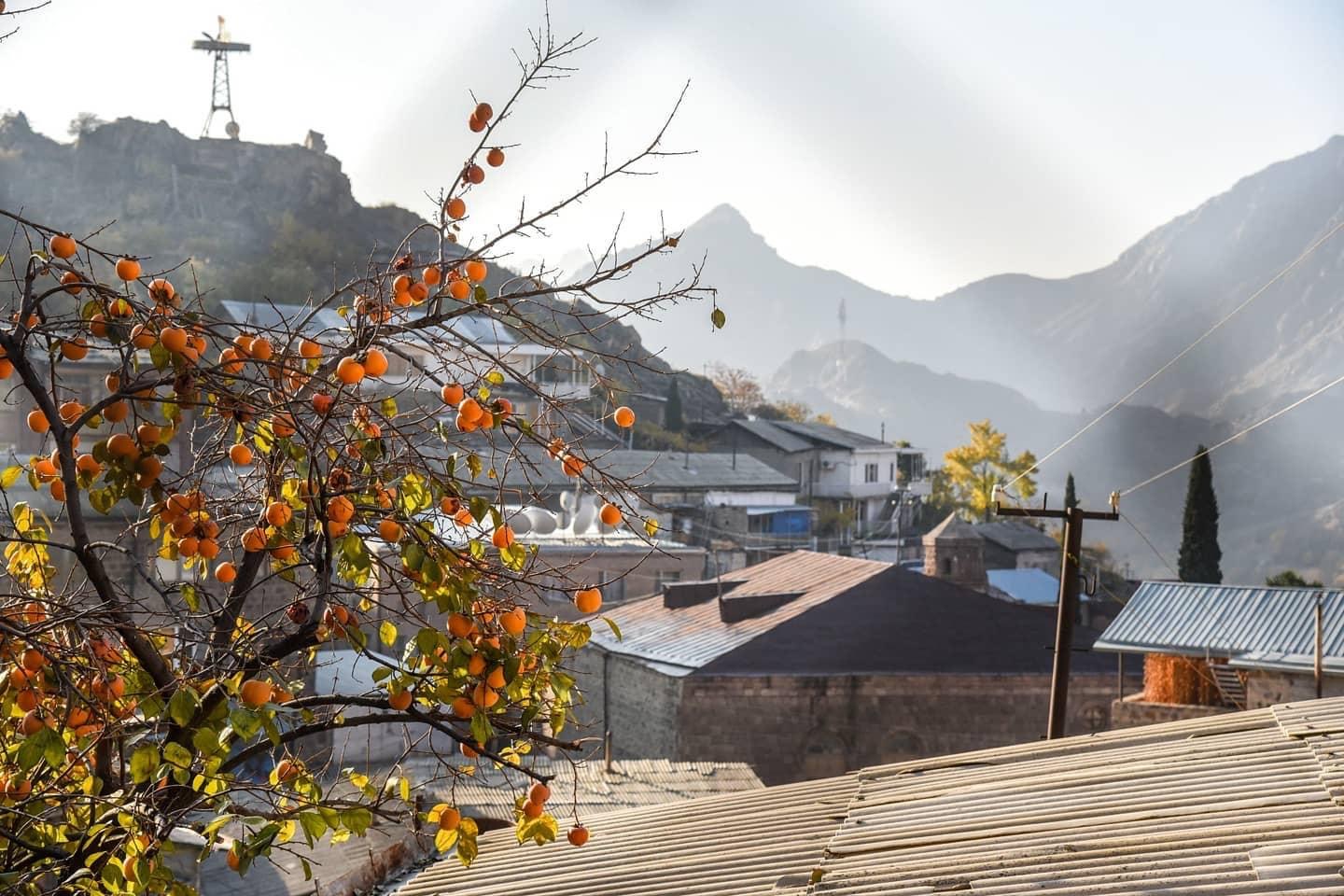Return
|
Ref ID: 1HD2021/8545 | Posted On: 18-10-2021 | Updated on: 18-10-2021
|
|
Meghri - City in the Syunik Province
Armenia
Published by Arthur PIRLIAN
Meghri is a town in the Syunik Province of southern Armenia, near the border with Iran. Meghri was founded as "Karchavan" in 906 by king Smbat I of Armenia, during the period of the Bagratid Kingdom of Armenia. Later, it was known as Meghri, meaning "honey town" in the Armenian language.
The town was completely destroyed in 1126 and 1157 by the invading Seljuk forces.
At the beginning of the 16th century, Meghri became part of the Erivan Beglarbegi within the Safavid Persia. At the beginning of the 18th century, the region was involved in the liberation campaign of the Armenians of Syunik led by David Bek, against Safavid Persia and the invading Ottoman Turks. David Bek started his battles in 1722 with the help of thousands of local Armenian patriots who liberated Syunik.
In 1813, Meghri became part of the Russian Empire as a result of the Russo-Persian War of 1804–13 and the signing of the Treaty of Gulistan.
With the establishment of the Republic of Armenia in 1918, Meghri was included within the Zangezur region of the newly-founded republic. However, after the fall of the republic in December 1920, the short lived Republic of Mountainous Armenia was created and battled the Red Army for independence led by Garegin Nzhdeh.
As a result of fierce battles, the Republic capitulated on 13 July 1921, following Soviet Russia's promises to keep the mountainous region of Syunik as part of Soviet Armenia.
After the independence of Armenia, Meghri was included within the newly-formed Syunik Province, as per the administrative reforms of 1995.
The remains of Meghri Fortress dating back to the 11th century are found at the eastern heights of the town. In addition to the Holy Mother of God Church of 1673, the 17th century Surp Hovhannes church located in the small neighborhood is also active and famous for its wall paintings.
The town was completely destroyed in 1126 and 1157 by the invading Seljuk forces.
At the beginning of the 16th century, Meghri became part of the Erivan Beglarbegi within the Safavid Persia. At the beginning of the 18th century, the region was involved in the liberation campaign of the Armenians of Syunik led by David Bek, against Safavid Persia and the invading Ottoman Turks. David Bek started his battles in 1722 with the help of thousands of local Armenian patriots who liberated Syunik.
In 1813, Meghri became part of the Russian Empire as a result of the Russo-Persian War of 1804–13 and the signing of the Treaty of Gulistan.
With the establishment of the Republic of Armenia in 1918, Meghri was included within the Zangezur region of the newly-founded republic. However, after the fall of the republic in December 1920, the short lived Republic of Mountainous Armenia was created and battled the Red Army for independence led by Garegin Nzhdeh.
As a result of fierce battles, the Republic capitulated on 13 July 1921, following Soviet Russia's promises to keep the mountainous region of Syunik as part of Soviet Armenia.
After the independence of Armenia, Meghri was included within the newly-formed Syunik Province, as per the administrative reforms of 1995.
The remains of Meghri Fortress dating back to the 11th century are found at the eastern heights of the town. In addition to the Holy Mother of God Church of 1673, the 17th century Surp Hovhannes church located in the small neighborhood is also active and famous for its wall paintings.
Your comments
Write your comments
Advertisement



